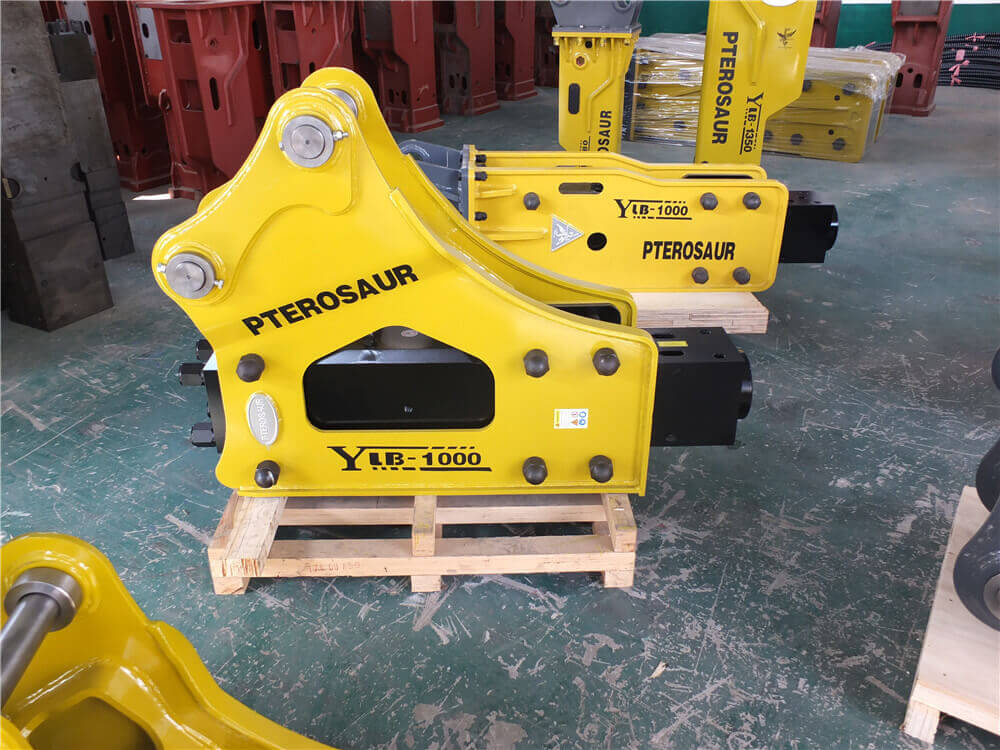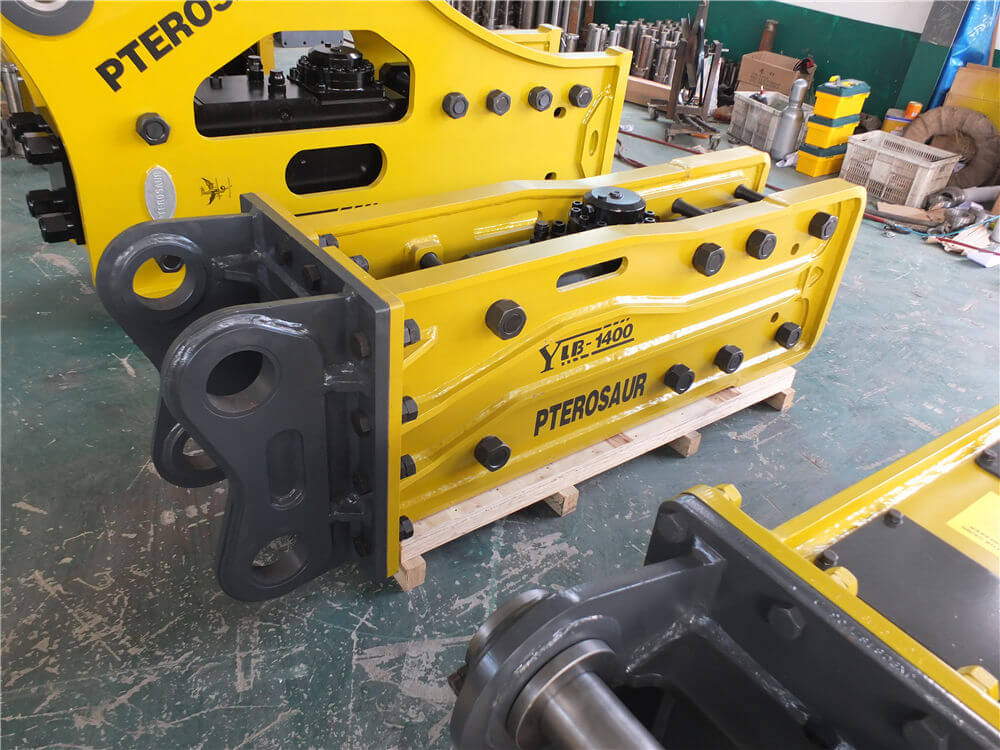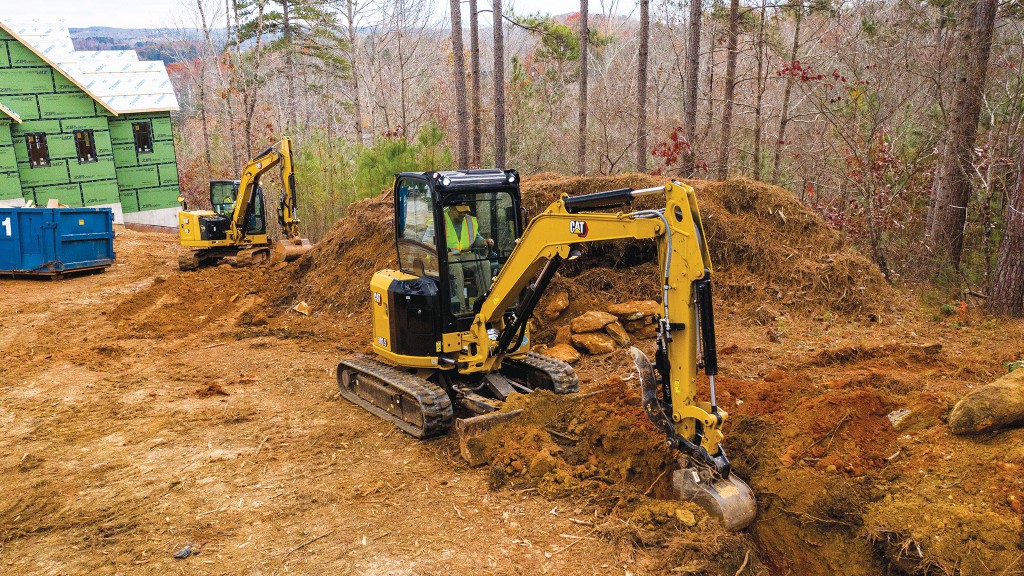Understanding Hydraulic Breakers: An Insight into Quality and Performance
Hydraulic breaker hammers have become essential tools in various industries, ranging from construction to demolition and mining. These powerful devices utilize hydraulic power to deliver high-impact blows, facilitating the efficient breaking of concrete, rock, and other hard materials. In this article, we will explore the different types of hydraulic hammers available, their applications, and what to consider when selecting the right tool for your needs.
The Evolution of Hydraulic Hammers
Hydraulic hammers, also known as hydraulic breakers, have evolved significantly over the years. Originally designed for heavy-duty tasks, modern hydraulic hammers are now available in various sizes and configurations, making them suitable for a wide range of equipment, including excavators, skid steers, and mini excavators.
Popular Models and Brands
Several manufacturers lead the market with their innovative hydraulic hammer designs. For instance, Takeuchi has recently launched a new line of hydraulic hammers, emphasizing efficiency and durability. Similarly, Atlas Copco’s MB 1500 is renowned for its robust performance, making it a top choice among contractors. Other notable brands include Rammer, which has set standards for heavy-duty hammers, and CASE, known for its reliable hydraulic hammer attachments that come with a three-year warranty.
Applications of Hydraulic Breaker Hammers
Hydraulic hammers are versatile tools used across various sectors:
- Construction: Ideal for demolition and road maintenance tasks, hydraulic hammers quickly break through concrete structures, enabling faster project completion.
- Mining: These hammers are essential for breaking rock formations, making them invaluable in mining operations.
- Quarrying and Recycling: Hydraulic breakers are used to crush materials into smaller, manageable sizes, aiding in the recycling process.
Key Features to Consider
When selecting a hydraulic hammer, several features should be taken into account to ensure optimal performance:
-
Impact Energy: The hammer’s impact energy determines its efficiency in breaking materials. Higher impact energy is typically more effective for tougher materials.
-
Weight and Size: It’s crucial to match the hammer’s weight and size with the equipment it will be attached to. This ensures that the machine can effectively handle the hammer without compromising safety or performance.
-
Hydraulic Flow Requirements: Different hammers require varying hydraulic flow rates. It’s important to ensure that your excavator or skid steer can provide the necessary hydraulic flow for optimal operation.
-
Durability: Look for hammers made from high-quality materials that are designed to withstand harsh working conditions.
Rental Options and Availability
For contractors and businesses that require hydraulic hammers for short-term projects, rental options are widely available. Companies like Hydraulic Hammer Rentals offer various models for rent, allowing flexibility without the commitment of a purchase.
Conclusion
Hydraulic breaker hammers are indispensable tools in modern construction and demolition. Choosing the right model, such as those offered by leading manufacturers like Ecer, CASE, and Gorilla Hammers, can significantly impact efficiency and productivity on the job site. Whether you are looking to buy or rent, understanding the specifications and applications of hydraulic hammers will ensure that you select the best tool for your project needs. With advancements in technology and design, the future of hydraulic hammers looks promising, enabling professionals to tackle even the most challenging tasks with ease.




































